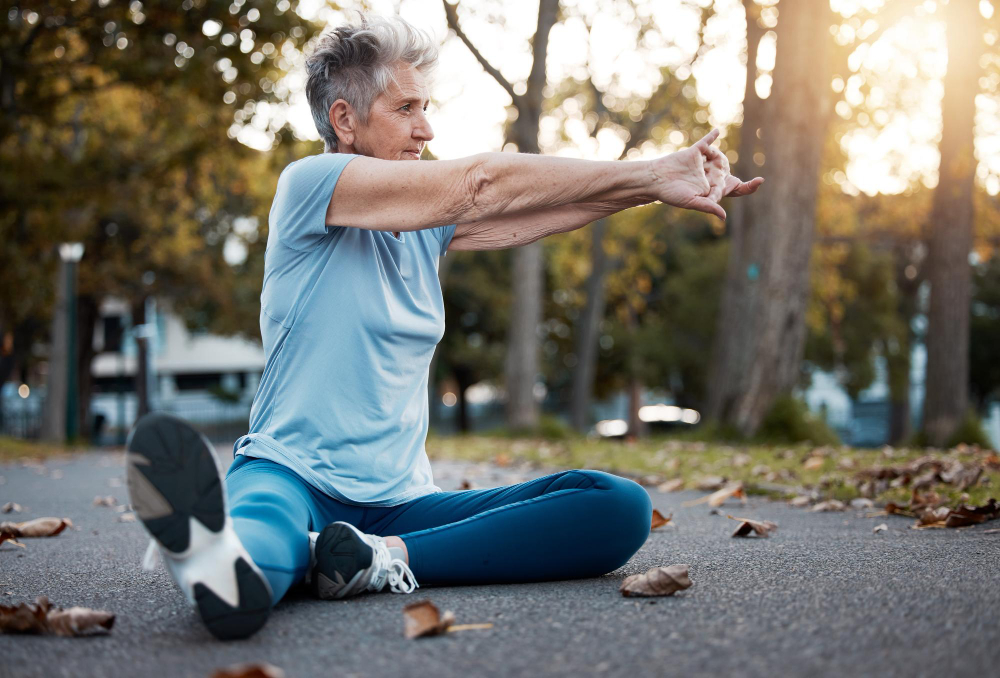
Living with arthritis doesn’t mean giving up on an active lifestyle. While arthritis can impact your joints and mobility, staying active is actually one of the most effective ways to manage symptoms, improve flexibility, and maintain overall health. Whether you’ve been recently diagnosed or have been living with arthritis for years, this guide covers practical tips to help you stay active and make movement part of your routine. And remember, if you're seeking primary care in Philadelphia, PA, Vital Urgent Care is here to help you take the next steps toward managing your health.
Many people mistakenly assume that arthritis means giving up physical activity altogether. However, staying active can provide numerous benefits, including:
Before beginning any new physical activity, consult your primary care provider—especially if you’re managing arthritis. A medical professional can help you determine which types of exercise are safe and effective for your specific condition. If you need primary care in Philadelphia, PA, Vital Urgent Care offers expert guidance tailored to your health needs.
When choosing exercises, opt for low-impact, joint-friendly activities that focus on flexibility, strength, and cardiovascular health.
Walking is one of the simplest and most effective forms of exercise for arthritis. It’s low-impact, easy to start, and helps improve circulation and joint health. Begin with short walks around your neighborhood or a local park, gradually increasing your time and distance.
Water-based exercises are ideal for individuals with arthritis. The buoyancy of water reduces stress on joints, making it easier to move without pain. Swimming or participating in water aerobics classes can improve flexibility, strength, and endurance.
Yoga and Tai Chi promote flexibility, balance, and mindfulness. These gentle practices encourage slow, controlled movements that help decrease joint stiffness and improve posture. Look for classes specifically tailored to people with arthritis or low mobility.
Building muscle around your joints is essential for stability. Utilize light weights or resistance bands to perform exercises that strengthen your legs, arms, and core. Start with low resistance and fewer repetitions, gradually increasing intensity as you progress.
Outdoor cycling or using a stationary bike provides an excellent cardiovascular workout without putting excess pressure on your joints. Adjust your bike to ensure proper seating height and pedal resistance for maximum comfort.
Stretching exercises, like hamstring stretches or shoulder rolls, enhance flexibility and reduce stiffness. Dedicate 5–10 minutes daily to gentle stretching routines, especially after waking up or sitting for extended periods.
Staying active while managing arthritis takes a mindful approach. These tips can help you get moving safely and comfortably:
Listen to your body and begin with small steps—literally. If you’re new to exercise, start with 10–15 minutes of activity per day and gradually increase your duration and intensity.
Spend 5–10 minutes warming up before any activity to prepare your joints and muscles. Cooling down afterward helps reduce soreness and improve recovery.
Consistency is key when it comes to managing arthritis. Aim for at least 150 minutes of physical activity per week, as recommended by the CDC. You can break this into shorter, manageable sessions if needed.
Invest in supportive footwear with good arch support and cushioning. If cycling, make sure your bike is adjusted for proper posture. For any activity, consider aids like knee braces, compression gloves, or assistive devices recommended by your doctor.
While movement is important, so is rest. Don’t overdo it—alternate days of activity with days of active rest, such as light stretching or meditation.
If certain exercises exacerbate pain, adjust or replace them with alternatives. For example, switch from jogging to walking or try elliptical training instead of running.
It’s natural to experience some discomfort when starting a new activity, but pain should never feel sharp or unbearable. Follow these strategies to manage arthritis-related pain during exercise:
If pain becomes severe or persistent, discontinue the activity and speak with your primary care provider. At Vital Urgent Care in Philadelphia, PA, we can guide you in managing arthritis-related pain effectively.
Managing arthritis can feel isolating at times, which is why building a support system is crucial. Connecting with others who understand similar challenges can provide motivation and encouragement. Consider joining:
Additionally, speak openly with family and friends about your condition. Their support can make it easier to stay positive and active.
While exercise plays a vital role in managing arthritis, professional medical support is just as important. Seek care if you experience:
If you’re in Philadelphia, PA, and looking for expert primary care, Vital Urgent Care is here to help. Our team specializes in arthritis management and offers personalized plans to keep you feeling your best.
Arthritis doesn’t have to dictate your daily life. By staying active, focusing on joint-friendly exercises, and building a supportive community, you can improve your mobility, reduce pain, and enjoy a healthier lifestyle.
For more personalized guidance, or if you’re seeking primary care in Philadelphia, PA, contact Vital Urgent Care today to request your appointment. Our team is dedicated to helping you thrive!